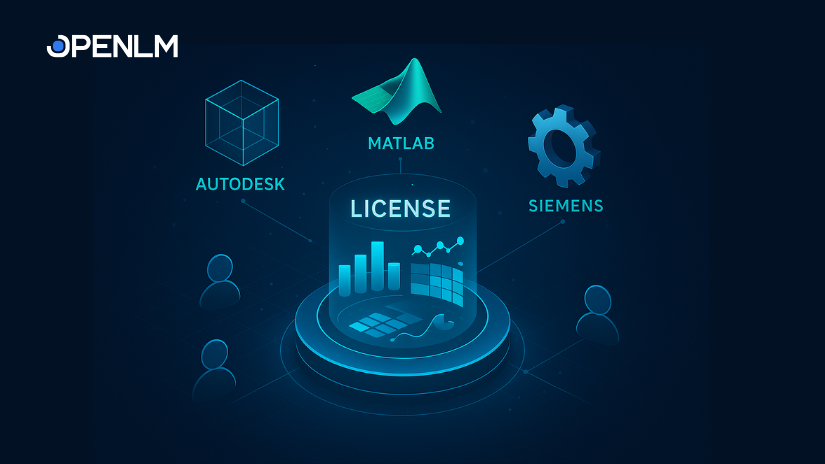Scientific breakthroughs in healthcare are increasing daily. However, the costs of new drugs and devices are prohibitive and making them available can take years before they are approved by authorities such as the FDA. Traditionally, to gain approval for a new healthcare drug or device, it had to undergo comprehensive testing in three disciplines; bench tests (in vitro), animal tests (in vivo) and finally, clinical trials (in situ). This process can take a decade before a new drug or device is regarded as effective and safe enough to be brought to market. What is more, a large number of new products fail 90% of the way through the journey.
The development of scientific software applications that can assist in and accelerate the process is bringing a new dynamic, helping to bring down costs while reducing the risk of failure of a drug or device. Simulation software provides a new means of testing any prototype healthcare device, and is becoming increasingly important in biomechanical research and is commonly referred to as in silico testing, referring to the silicon chips that are integral to any computer. Software vendors such as Ansys have collaborated in integrating their software in healthcare modelling and simulation, assisting in breakthroughs in healthcare device development.
Table of Contents
ToggleAccommodating the New Market
Traditionally, software such as Ansys was developed for the engineering industry and is known as computer-assisted engineering (CAE). While CAE software that can perform functions such as finite element analysis (FEA) and computational flow dynamics (CFD) is what is needed for in silico testing, healthcare researchers are generally untrained in these disciplines, especially in the pharmaceutical industry. Ansys themselves speak of the need to “democratize” their software tools, making them accessible to all, not just the few researchers with the necessary training in mathematics and engineering. They have already made inroads on providing a product that can be used by anyone in healthcare. Surgeons can use simulation before an operation to assess the effect of a particular approach on a patient. Sales and marketing can demonstrate how a product functions via simulations. Even executives can use a simulation model to secure funding from potential investors.
Ansys has collated a portfolio of case studies where the use of their products has brought benefits to healthcare organizations, primarily via reduced costs and shorter timeframes as well as risk reduction. The ability to show a simulation as opposed to describing it has an impact all along the value chain:-
- investors can visualize what the innovation does
- regulatory authorities get a clear view of how the product works
- potential customers, such as doctors and hospitals, are likely to adopt the new product from a demonstration
- insurers are presented with visual evidence to help them make a decision about a patient procedure and how likely it is to succeed.
From Cardiac Interventions to Better Pills
- Heart Disease. The medical world is focused on combatting cardiovascular disease, because it is the leading cause of death globally, according to the WHO. The traditional procedure of open-heart surgery is steadily being replaced by less invasive remedies, such as inserting a stent to regulate blood flow. CFD is invaluable in this field, from making more accurate diagnosis of the state of a patient’s arteries to manufacturing new stents that work more effectively than current models.
- Pulmonary Applications. New drugs can cost as much as $1-billion to develop, and those for respiratory diseases are the most expensive, because of the difficulty of testing the drug’s effectiveness in the field. Researchers are turning to CFD to simulate the movement of air through the respiratory passages. In silico simulation can reduce the cost of development by as much as 30% and halve the time to complete the testing.
- Dietary Supplements. It goes without saying that if a pill is too large and difficult to swallow, it will not be marketable. The ideal shape is as round as possible, but this affects the hardness of the pill, which in turn compromises the machinery punching out the pill and reduces the lifetime of the parts. Asahi in Japan have expanded their product range from brewing beer to providing dietary supplements. They used Ansys Mechanical to come up with a solution that saved them hundreds of thousands of dollars.
There are many more examples of the use of simulation in healthcare available on the Ansys website, but these few give an idea of the diversity of applications that can benefit from CAE.
So How Does this Affect the License Administrator?
Up to now, CAE software has been used by specialists and experts, even in engineering, so there are usually only a few simulation software applications on site. Now that Ansys is “democratizing” its product and making it accessible to people who are not skilled in modelling and simulation, the need for the product across the organization will increase, and so will the number of licenses required. Ansys provides FlexLM as a license manager, as do most of their competitors, notably Comsol and Dassault. While FlexLM reports salient information on license usage, it is for the benefit of the vendor, rather than the customer.
This is where OpenLM can play an important role, as it can provide all the control and visibility required to manage other licenses, such as MatLab, as well as Ansys, through a single graphical interface (GUI). What is more, OpenLM’s core product can manage licenses for Nvidia GPUs (graphical processing units), which are being used by more and more organizations running simulation software, because of the reduction in time taken to process the information. Ansys has cooperated with Nvidia to make their software very scalable, for instance, for performing simulations, Ansys Mechanical can scale up to 1 000 cores as opposed to the industry standard of 100 cores, and can solve up to 2 billion DOF (degrees of freedom). Ansys’ CFD tool, Fluent, can scale up to 129 000 cores.
OpenLM can also manage the Ansys “pay-as-you-go” licensing model, the “Elastic License”. This license can be used as a supplement to the regular Ansys agreement. It allows the customer to “top-up” where required, for instance, where there is a peak demand for a new project. It is a much more customer-friendly license model, in that it has reporting that supports departmental and project chargebacks.
Where Ansys is leading currently, its competitors will surely follow suit. In a few years time, it is likely that specialized and rare CAE software will no longer be used by only a handful of finite element specialists, but by resources across the organization. Managing software such as the Ansys Workbench is just as easy as managing Autodesk products with OpenLM, as well as the GPUs required for the necessary processing power. One of our consultants can advise you on your unique situation.





